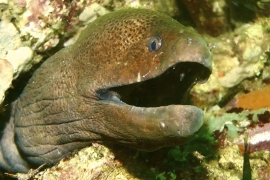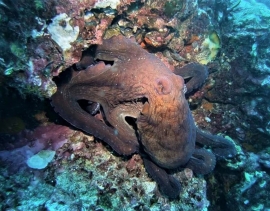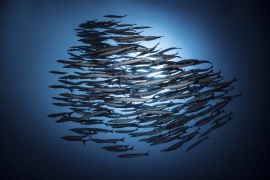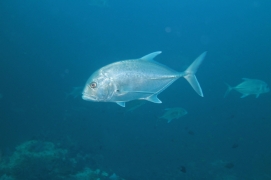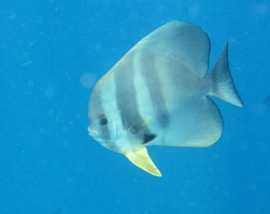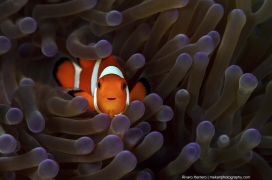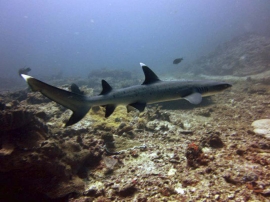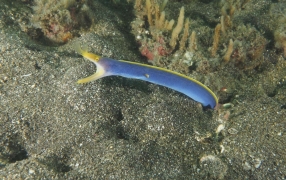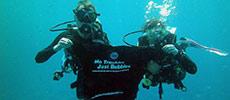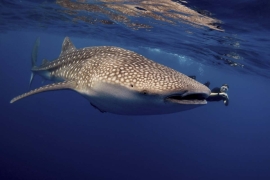
Misool Liveaboard Diving
Raja Ampat is also known as The Four Kings, which are Waigeo, Salawati, Batanta and Misool. Misool is the second-largest and southernmost of the four and is located more than 70 kilometres southwest from the tip of West Papua's Bird's Head Peninsula. Due to its remote location and hilly & heavily-forested terrain, the island is home to very few locals and has no main roads, large buildings or of course an airport.
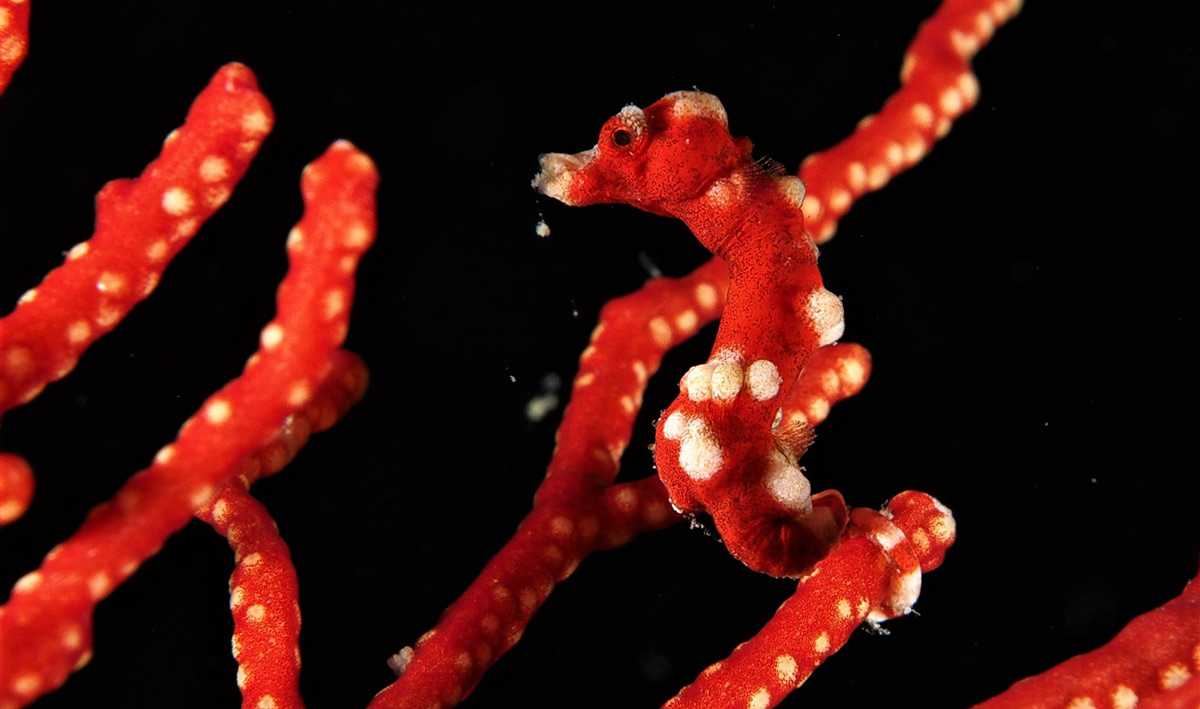
Misool is very similar in shape to the head of an arrow, with its point facing west. To the east and south-east of Misool, there are a couple of mini-archipelagos - Sagof Daram & Southern. On the opposite side, there are five groups of islands, plus dozens of islets. Currents from The Ceram Trough and Indonesian Throughflow provide nutrient-rich water, and the surrounding area is made up of the Pacific, Indian and Southern Oceans. All this and the remote location from development and pollution ensure that the marine biodiversity is regarded by many as the best in the world.
There are more than 50 excellent dive sites around the island, including many which can be reached from the shore but the better ones from Indonesian liveaboard diving boat.
The chain of small islands known as Fabiacet is located off the east coast of Misool. At the southeastern tip of Misool's archipelago is Warakaket Island, home to Magic Mountain, and some of the best diving in all of Indonesia. Currents can be strong here, but they bring lots of food for the following large pelagic species.
One of the more-photographed dive sites is 'Boo Rock' on the east side of Misool. Here, in shallow water are 'Boo Windows' which are swim-throughs surrounded by coral and sea fans that can be used for the best backdrops, with or without divers in frame.
Farondi is also off to the east of Misool and offers plenty of great reefs, caverns and swim-throughs, with critters of all sizes, including the Pigmy Seahorse. Its main dive sites are Goa Besar & Verena's Garden.
There really is something for everyone at Misool. Although getting there is neither easy nor inexpensive, its remote location makes is so very special. It's never crowded and doesn't suffer from pollution or development.
Conditions at Misool
When to dive at Misool
The best months to dive at Misool are October - April, due to weather and sea conditions. From May to September unpredictable and strong storms can make the long crossing dangerous or impossible.
What type of dive site is Misool
Misool's dive sites are nearly all coral reefs. They are in many locations around the island, but mostly in the southeast.
Where is Misool?
Misool is located halfway between the huge island of Papua and the much-smaller island of Seram. The nearest part of Papua is the western tip of what's known as the Bird's Head Peninsula, West Papua.
How to get to Misool
It's possible to reach Misool Eco Resort by the resort's private speedboat, but the crossing takes five hours from Sorong. The best way to enjoy diving at Misool is on a liveaboard diving cruise. These usually leave from Sorong, but some also sail from Waisai, on the island of Waigeo.
Who can dive at Misool
Divers of all levels can safely dive at Misool, but some dive sites are better suited to more experienced divers. There are more than 50 different dive sites surrounding the island. Although it is physically possible to learn to dive at Misool, most people who go there to dive are already certified and have experience.
What marine life can you see at Misool?
You can enjoy the opportunity to see almost anything when diving at Misool. Its remote location in the Ceram Sea mean passing pelagics are common. But although The Pacific Ocean is just 200 kilometres away, several other islands protect Misool from extreme wind, waves and currents. Therefore, there's lots & lots of smaller reef species which flourish here. Whether you're looking for school ing reef or predatory fish, macro critters, or large pelagics, you will be happy diving at Misool.
Summary of Misool
Misool is arguably the best place in the world to dive. It is a remote island in The Coral Triangle's Ceram Sea, which has the most diverse range of marine life anywhere in the world. Divers of all levels of experience are able to enjoy Misool. There are more than 50 world-class dive sites around the island, which offer something special of all shapes and sizes. Its remote location ensures that the biodiversity remains protected, and the cost & difficulty getting there makes every trip even more special.

